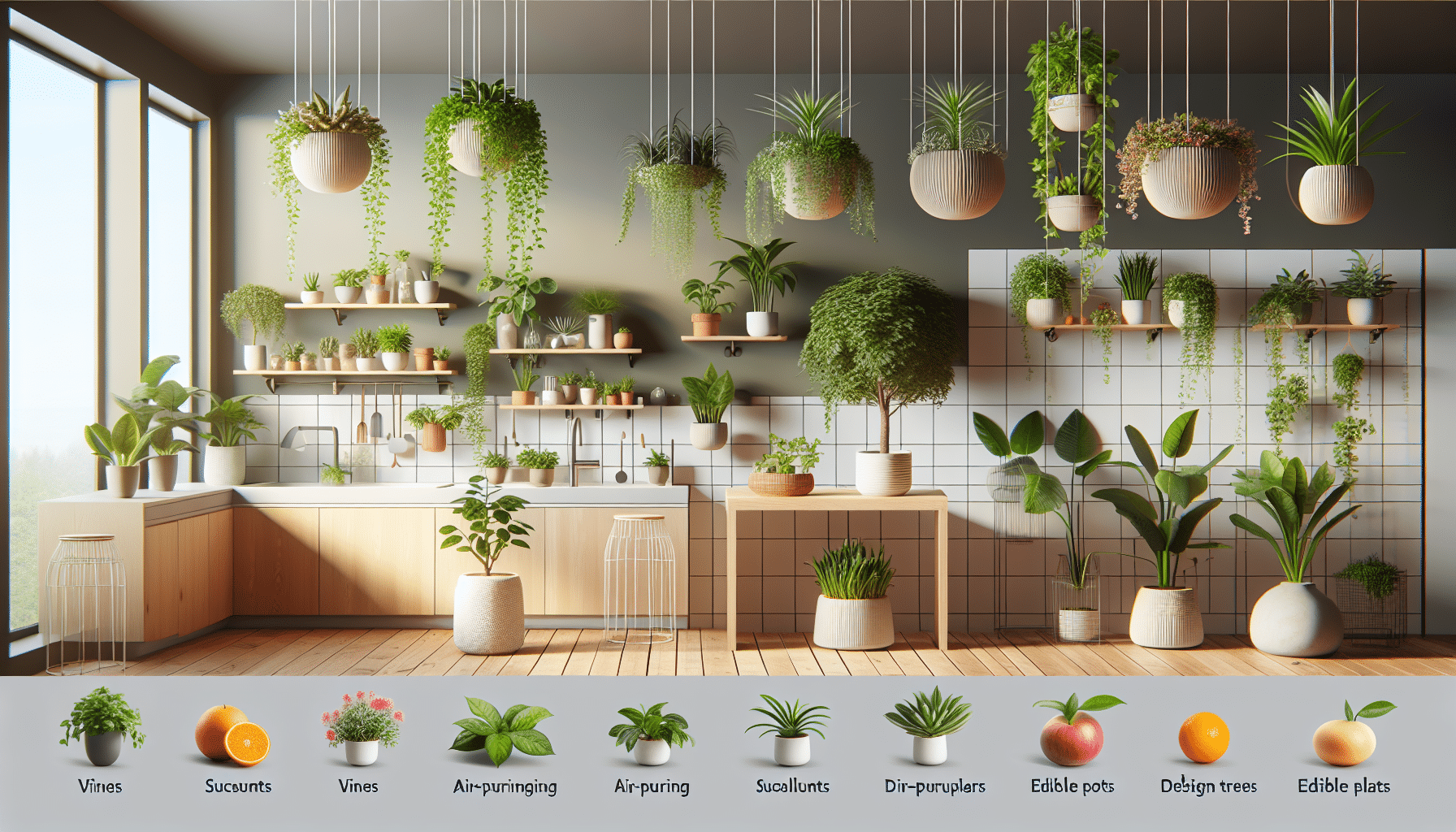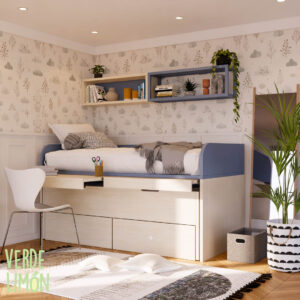In the year 2025, the phenomenon of indoor plants has gained new momentum, transforming homes and workspaces into true oases of nature. This resurgence in interest in plants is not only linked to the pursuit of aesthetics, but also to emotional well-being and sustainability. Below are six trends that are shaping the world of indoor plants.
One of the most prominent trends is the use of large plants. Collector’s pieces, such as the Ficus lyrata or the Monstera deliciosa, have become true protagonists of interior design. These specimens not only add a dramatic touch to rooms, but also act as air purifiers, benefiting the health of their inhabitants.
Following this is the popularity of rare and exotic plants. In 2025, gardening enthusiasts are increasingly seeking out uncommon species, such as Rhipsalidopsis or Philodendron Mamei. The uniqueness of these plants results in an increase in demand, both in nurseries and through online selling platforms, where collectors compete to acquire unique specimens.
Another trend that has taken hold is the creation of vertical gardens indoors. These green walls not only serve as decorative elements, but also maximize the use of space in small homes. Additionally, they are an effective solution to improve air quality and offer a healthier and more relaxing environment.
Sustainability also plays a fundamental role in the 2025 trends. Many plant owners are opting to grow their own species from cuttings or seeds, in a movement that aims to reduce ecological footprint. This practice not only fosters a connection with nature, but also translates into economic savings and the creation of a more personal space.
Pot design has also evolved, leading to a variety of options that go beyond the conventional. Handcrafted ceramic pots, those made from recycled materials, and even those that integrate technology for automatic watering are on the rise. This innovative approach adapts to modern lifestyles, where functionality is combined with aesthetics.
Lastly, the connection between indoor plants and technology has taken a significant leap. Mobile applications that allow for plant care and monitoring are gaining popularity. Through watering reminders, detection of light needs, and the incorporation of online communities, technology has become an ally for those looking to keep their green spaces healthy.
These trends not only reflect an interest in aesthetics and originality, but also a growing awareness of the importance of nature in everyday life. As we move forward in 2025, indoor plants will continue to occupy a privileged place in our homes, becoming a symbol of well-being and sustainability.
Source: MiMub in Spanish











